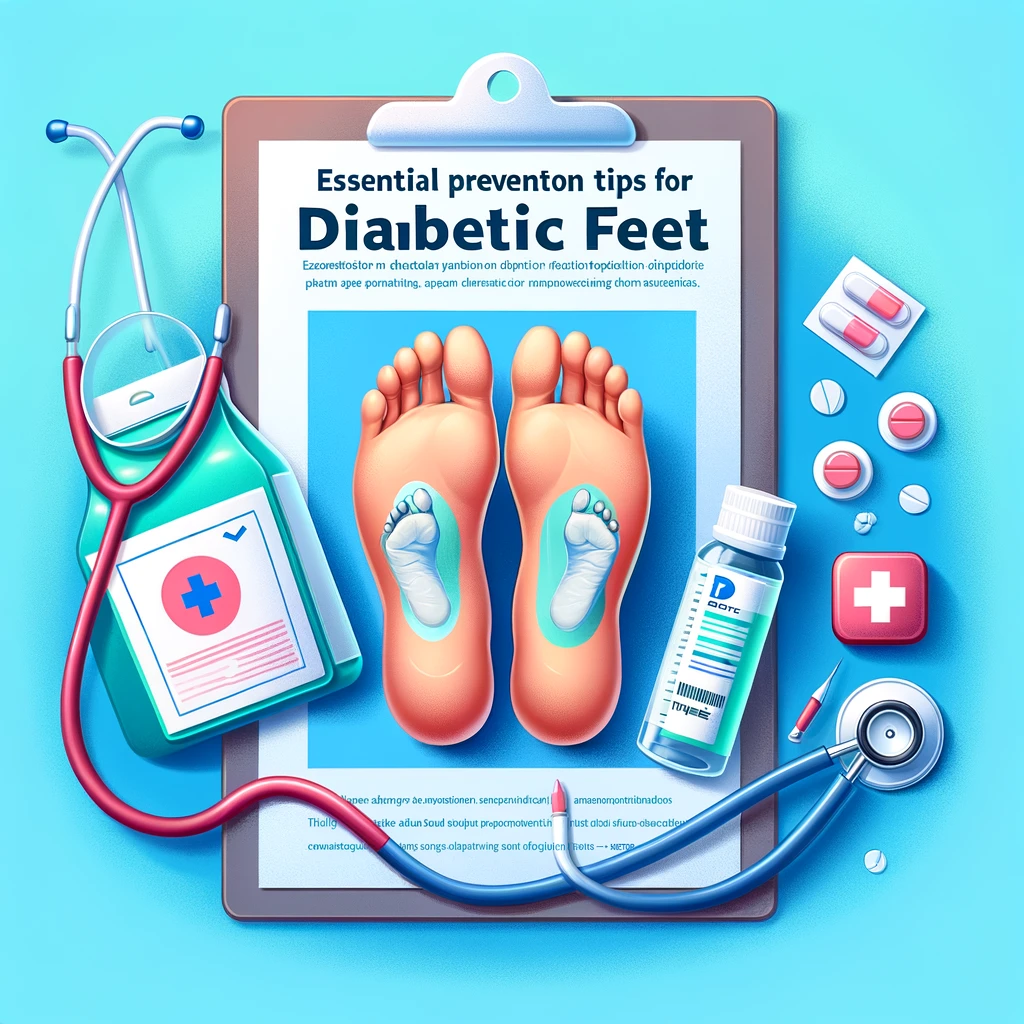
Table of Contents
Suffering from an arm injury can be a real pain, both literally and figuratively. Whether it’s due to a fracture, dislocation or surgery, finding the right arm sling can make a huge difference in your recovery. But with so many options available, how do you choose the best one for your specific needs? This guide will walk you through everything you need to know about arm slings, from understanding your injury to selecting the perfect sling to aid in your healing process.
Understanding Arm Injuries
Before diving into the types of arm slings available, it’s important to understand the nature of arm injuries. Knowing what you’re dealing with can help you choose the right support.
Common Types of Arm Injuries
Arm injuries can range from minor strains to severe fractures. Common types include:
- Fractures: Broken bones in the arm or shoulder.
- Dislocations: When the bones of a joint are forced out of position.
- Sprains and Strains: Overstretching or tearing of ligaments and muscles.
- Post-Surgical Recovery: Healing after surgical procedures on the arm or shoulder.
Symptoms and Diagnosis
Typical symptoms of arm injuries include pain, swelling, bruising and limited mobility. Accurate diagnosis by a healthcare professional is crucial for effective treatment.
Importance of Using an Arm Sling
Arm slings are not just accessories; they are vital tools for recovery. Here’s why using one is important.
Benefits of Using an Arm Sling
- Immobilization: Keeps the arm in a fixed position to prevent further injury.
- Pain Relief: Reduces the load on the injured arm, alleviating pain.
- Support: Provides necessary support to the arm during the healing process.
When to Use an Arm Sling
An arm sling should be used as directed by a healthcare provider, typically following an injury, surgery or when experiencing severe pain that requires immobilization.
Types of Arm Slings
There are various types of arm slings, each designed to address specific injuries and provide different levels of support.
Traditional Arm Slings
Features of Traditional Arm Slings
- Simple design with a triangular bandage.
- Supports the forearm and keeps the elbow bent at a right angle.
Best Uses for Traditional Arm Slings
Ideal for minor injuries and temporary use.
Immobilizer Slings
Features of Immobilizer Slings
- Often includes additional straps and padding.
- Provides more stability and restricts movement more than traditional slings.
Best Uses for Immobilizer Slings
Suitable for more serious injuries like fractures or post-surgery recovery.
Shoulder Immobilizers
Features of Shoulder Immobilizers
- Comprehensive support with straps around the shoulder and torso.
- Keeps the shoulder and arm in a fixed position.
Best Uses for Shoulder Immobilizers
Best for shoulder injuries or post-surgery immobilization.
Functional Arm Slings
Features of Functional Arm Slings
- Allows some range of motion while providing support.
- Often made with breathable, lightweight materials.
Best Uses for Functional Arm Slings
Great for injuries that are healing and require gradual return to movement.
How to Choose the Best Arm Sling
Selecting the right arm sling involves considering several factors related to your specific needs and injury type.
Consider Your Injury Type
Matching Sling Type to Injury
Different injuries require different types of slings. Ensure the sling you choose matches the nature and severity of your injury.
Comfort and Fit
Adjustable Straps and Padding
Look for slings with adjustable straps and ample padding to ensure a comfortable fit.
Material and Durability
Breathable and Lightweight Fabrics
Opt for slings made from breathable and lightweight materials to enhance comfort and usability.
Ease of Use
Putting On and Taking Off
Choose a sling that is easy to put on and take off, especially if you will be doing it without assistance.
Consult with Healthcare Professionals
Getting Professional Advice
Always consult with a healthcare provider to ensure you choose the right sling for your injury.
Tips for Proper Arm Sling Use
Using your arm sling correctly is crucial for effective recovery.
How to Wear an Arm Sling Correctly
Step-by-Step Guide
- Slip your arm into the sling, ensuring your elbow is comfortably resting at a right angle.
- Adjust the straps to ensure the sling is snug but not too tight.
- Secure any additional straps or fasteners.
Common Mistakes to Avoid
Dos and Don’ts
- Do ensure the sling supports your arm fully.
- Don’t wear the sling too tightly as it can restrict blood flow.
- Do follow your healthcare provider’s instructions.
Maintaining and Cleaning Your Arm Sling
Cleaning Instructions
Regularly clean your sling as per the manufacturer’s instructions to maintain hygiene and functionality.
Conclusion
Choosing the right arm sling can significantly impact your recovery process. With the right information and guidance, you can find a sling that provides the support and comfort you need.
Summary of Key Points
From understanding your injury to selecting and using the right sling, we’ve covered all essential aspects.
Final Thoughts
Always prioritize comfort and consult with healthcare professionals when selecting an arm sling. Proper use and maintenance of your sling will aid in a smoother recovery.
FAQs
Can I sleep with my arm sling on?
Yes, but ensure it is comfortable and does not restrict blood flow. Consult your doctor for specific advice.
How tight should my arm sling be?
It should be snug enough to support your arm but not so tight that it cuts off circulation.
Can I use an arm sling for a broken collarbone?
Yes, an arm sling can help immobilize the area and support healing. Always follow your healthcare provider’s recommendations.
How long should I wear an arm sling?
The duration depends on the nature of your injury and your doctor’s advice. It could range from a few days to several weeks.
Can children use the same arm slings as adults?
No, there are specially designed slings for children to ensure proper fit and support.



